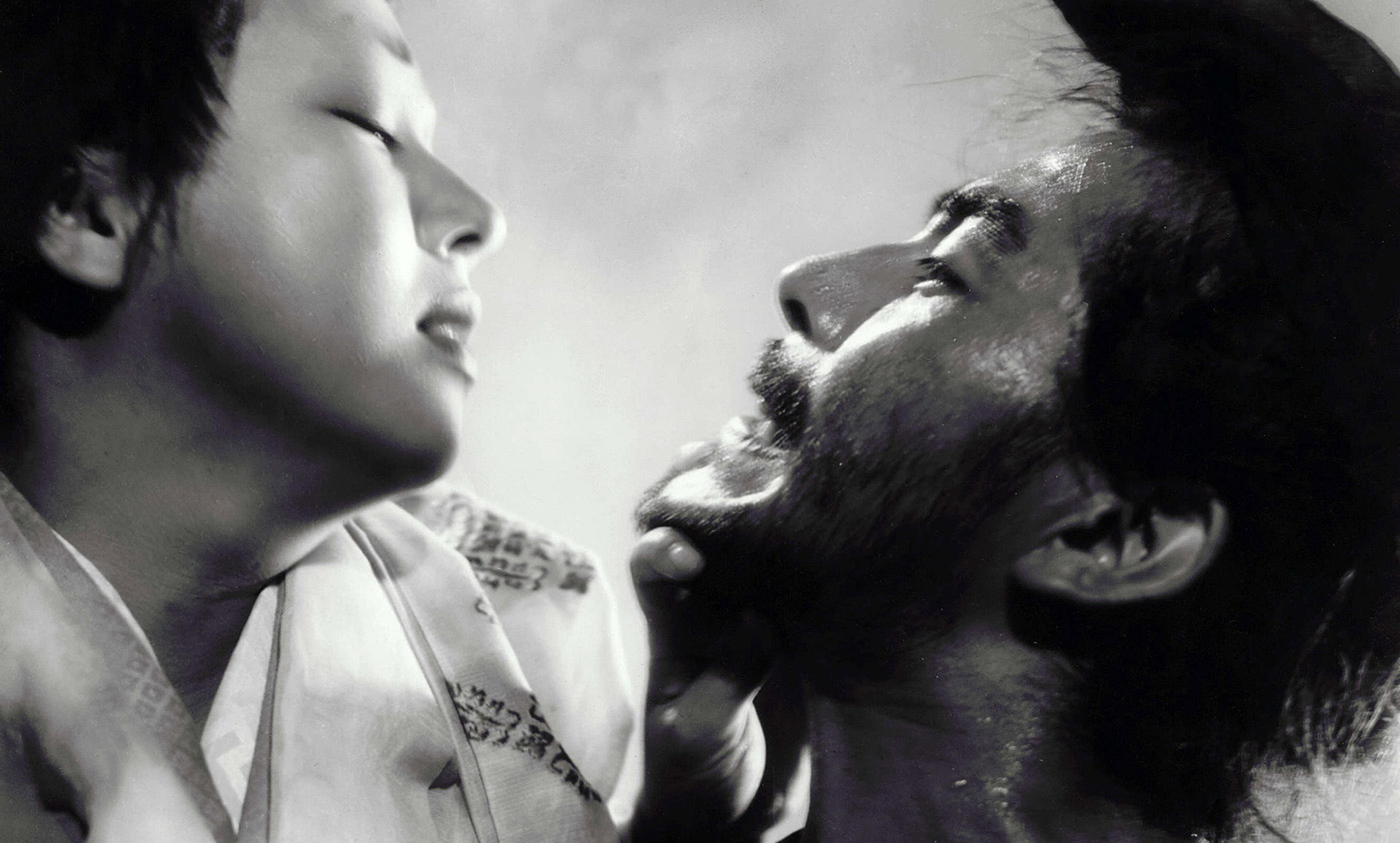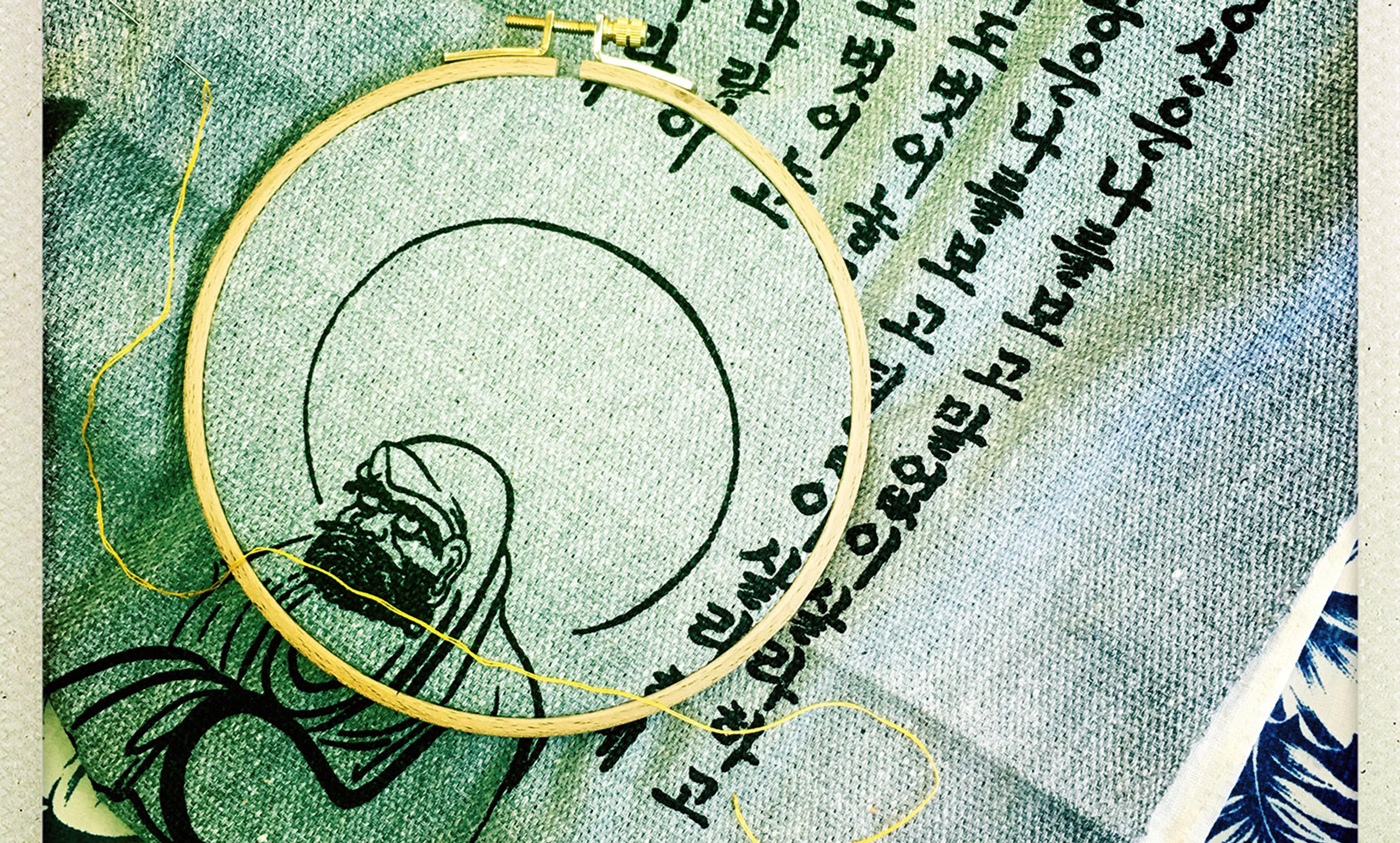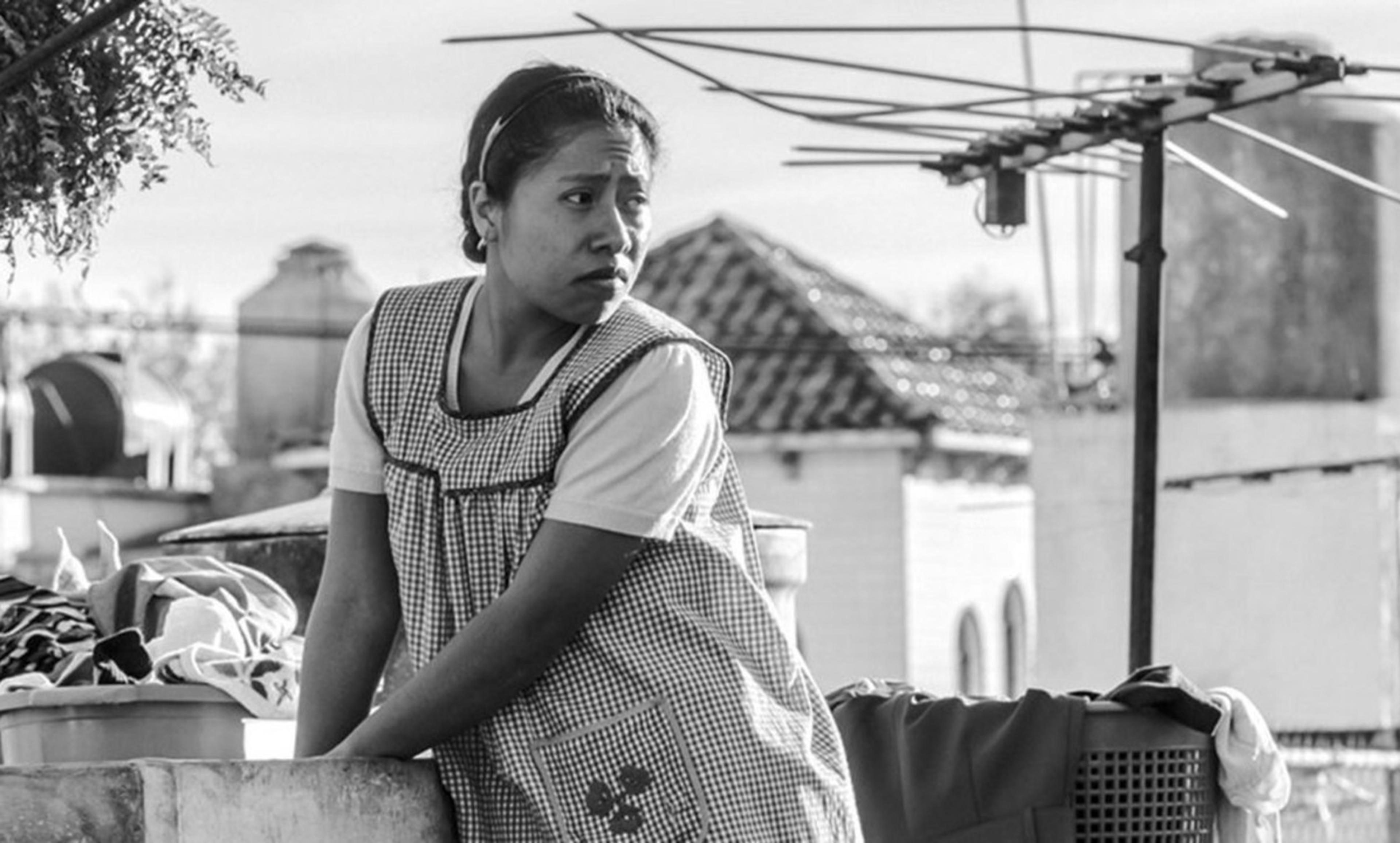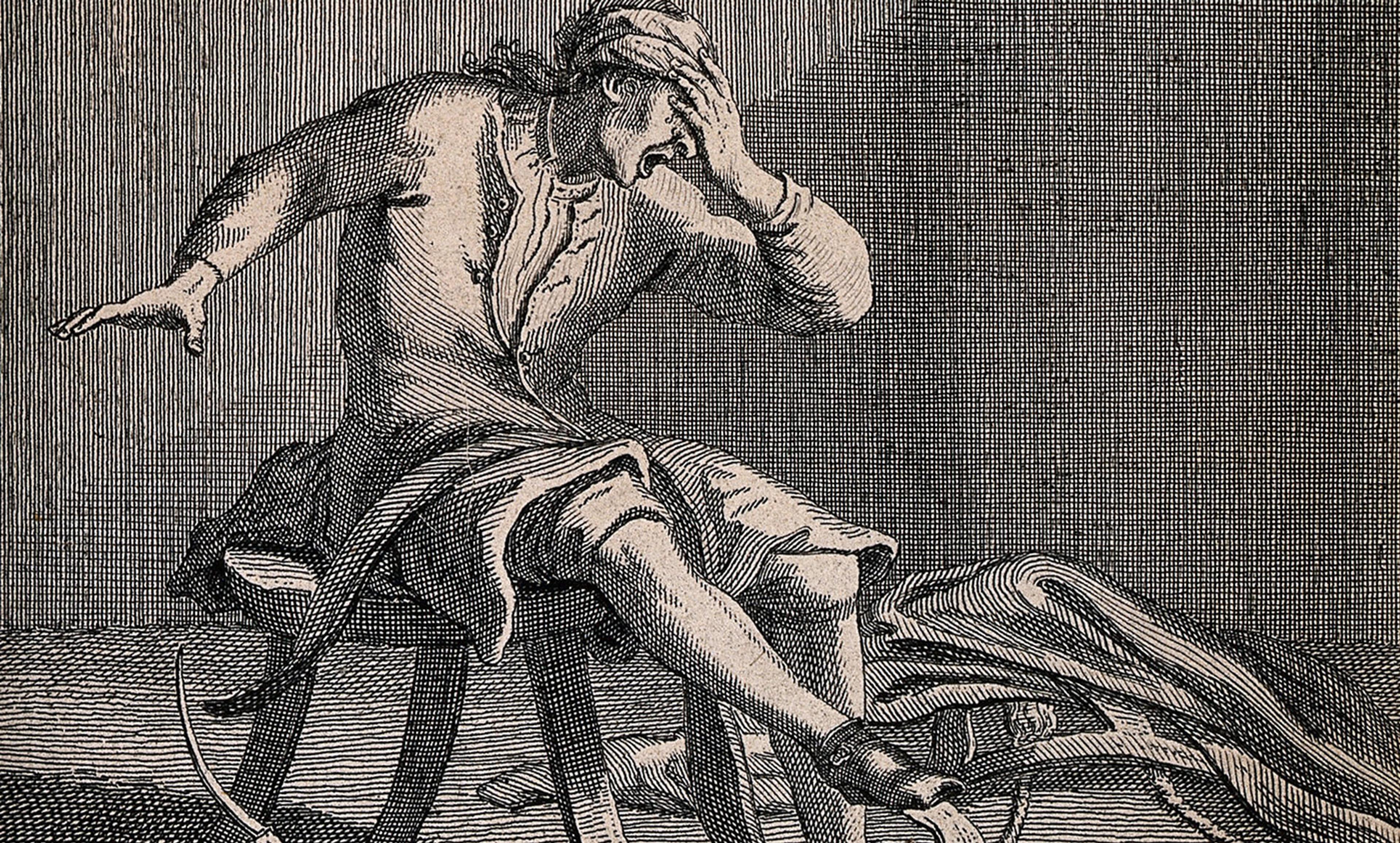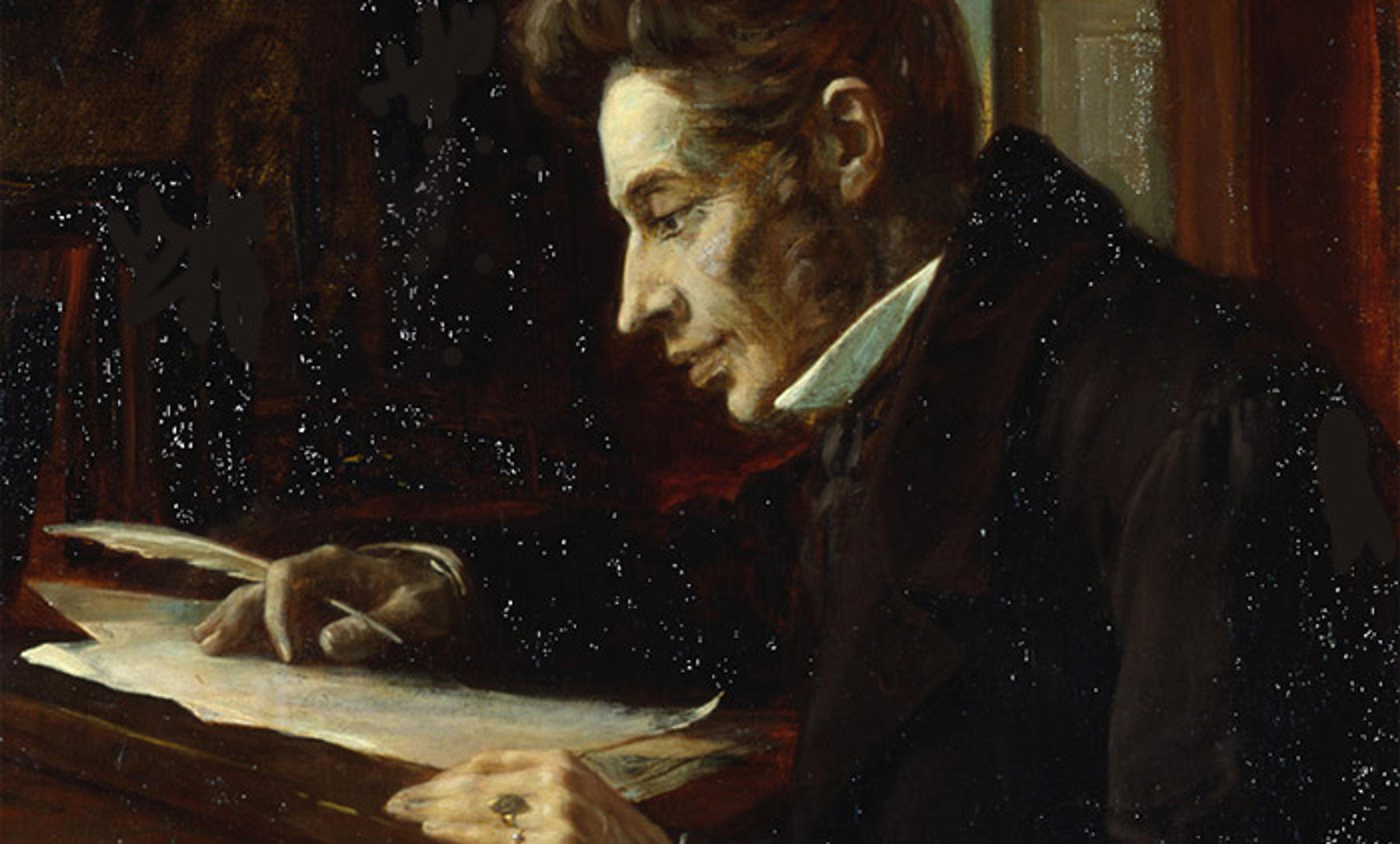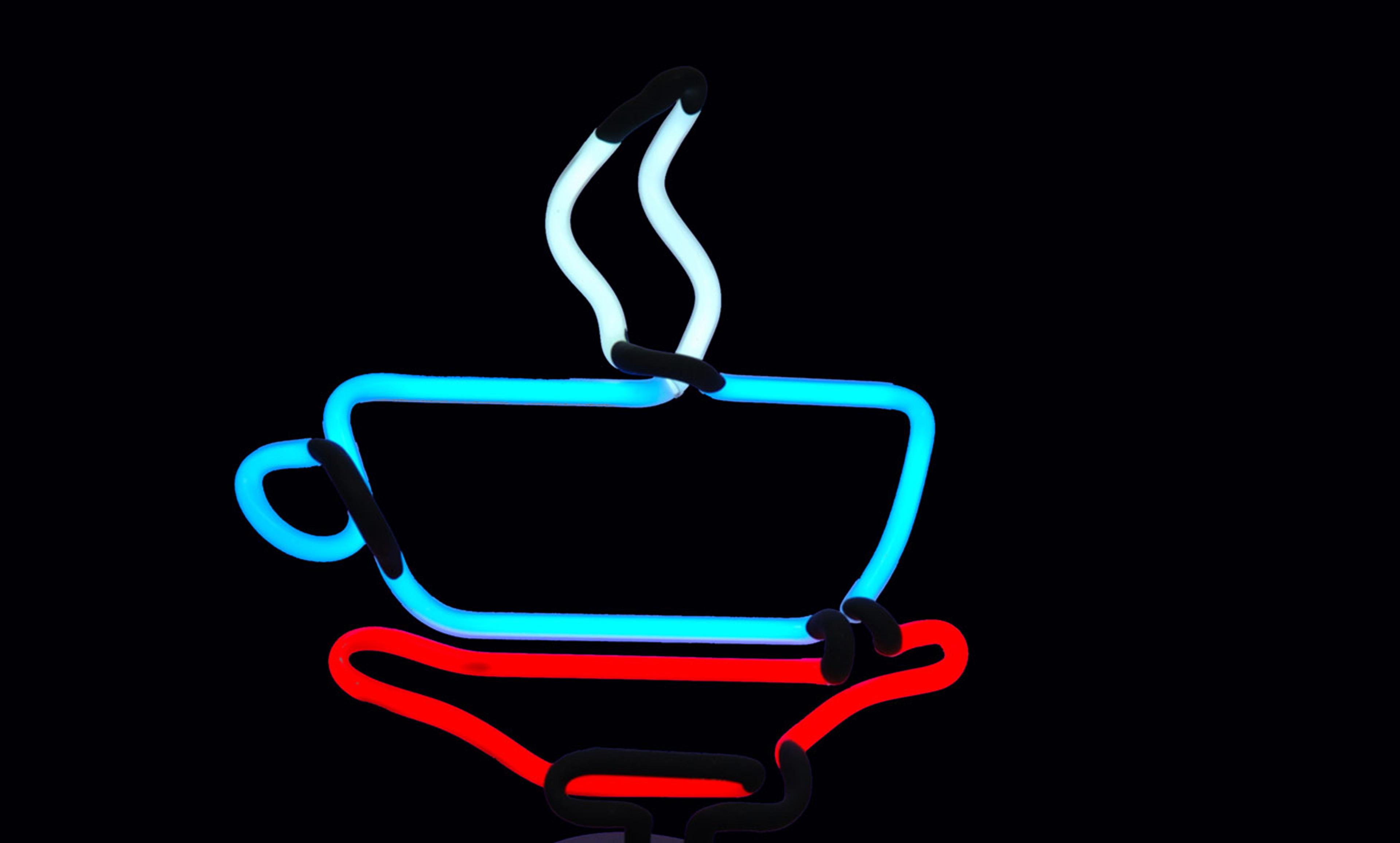Machiko Kyō and Toshiro Mifune in Akira Kurosawa’s Rashômon (1950)
Picture this: a man – a samurai – is killed in a grove. One by one, all those involved are brought before a court. The woodcutter talks of the horror that seized him when he stumbled upon the body. The priest testifies that he had seen the man earlier and identifies a likely attacker. Then the attacker, Tajōmaru, is brought in. He claims he tied up the samurai, seduced his wife right in front of him, and afterwards killed the samurai in a swordfight.
Some readers might recognise the plot outline. The film is Akira Kurosawa’s masterpiece Rashômon (1950), which treats viewers to a unique feast: thinking on screen, philosophising not through any structured argumentation, nor in abstruse language, but via exquisite storytelling, compelling imagery and innovative cinematography.
It’s then the turn of the samurai’s wife to give testimony. In her story, she is raped by Tajōmaru, who leaves without killing her husband. After the rape, she unties her husband, but then passes out, only to awake to find her husband dead next to her, having committed suicide.
The philosophical puzzle at the core of Kurosawa’s film is clear already: what if we can’t really know and tell what’s going on? If whatever account we produce about the world around us is a world unto itself, and each person’s account is wildly different from any other’s, with no way of knowing whose one is actually the case?
Even more compellingly, we then hear, via a medium, the version of the dead samurai himself: after Tajōmaru sleeps with his wife, the brigand begs her to go away with him, which she accepts on the condition that he kills her husband. But Tajōmaru suddenly takes her husband’s side. Somehow the lady manages to escape, the brigand frees the samurai and leaves, and the latter commits suicide.
Kurosawa’s characters look at the same world, yet for moral or cognitive reasons their accounts of what they see are worlds in themselves, making it impossible to know what the actual world is like. The film’s ultimate message is that we are fundamentally unable to ‘tell the truth’.
What we hear next is yet another version, the woodcutter’s. He had witnessed the whole thing, but didn’t tell the court. He gives his account after the trial, under the Rashômon gate: after Tajōmaru sleeps with the lady, he begs her to marry him. Unmoved, she frees her husband and challenges him to fight the brigand. The samurai engages Tajōmaru in a swordfight, in which he is killed.
This is the latest version, but we can’t say it’s the true one. Had there been more people involved, we would have heard even more accounts, each more different than the last. Philosophically, this is nothing new: from Friedrich Nietzsche’s deconstruction of truth in terms of the ‘will to power’ to Richard Rorty’s notion that truth is ‘made rather than found’ to our own age’s ‘social construction’ of everything, we’ve got accustomed to a world that seems to have dispensed itself of the need to know where the truth lies. Disturbing as its message might be at a human level, Kurosawa’s film joins a conversation that has been going on for a while now in Western philosophy.
Yet, you could wonder, what is a filmmaker doing joining philosophical conversations? According to an as-yet marginal, but increasingly influential line of thought, Kurosawa does exactly what any good filmmaker should do: provoke viewers into transcending what they see on screen, engage with big questions about the human condition, pursue philosophical ends through cinematic means. From Gilles Deleuze and Stanley Cavell to Stephen Mulhall and Robert Sinnerbrink, an argument has been made that film can be philosophy. Indeed, that cinema can serve philosophy not in some ancillary role – for example, by providing ‘illustrations’ of philosophical problems in classroom settings – but in its own right, with its own means, and in a manner irreducible to the methods of traditional philosophy. Obviously, not all films are eminently philosophical, but some are, and that’s enough. As Mulhall puts it in On Film (2001): ‘Such films are not philosophy’s raw material, nor a source for its ornamentation; they are philosophical exercises, philosophy in action – film as philosophising.’
Philosophers are nothing if not argumentative, so the ‘bold thesis’ of film as philosophy has been appropriately besieged. Film cannot be philosophy, the main line of attack goes, because it does not work with arguments, as philosophy always should, but with images, emotions and such like. In other words, filmmakers cannot be philosophers because they don’t live up to an understanding of philosophy that boils down to making argument and preempting counterarguments. However, by this definition, quite a sizeable number of philosophers are not philosophers either: there is no place in it for Heraclitus or Diogenes, neither for Confucius nor Nietzsche.
Regardless of whether films satisfy some technical definition of philosophy, the fact remains that they can have on us the same effect that the great, perennial works of philosophy do: shake and awaken us, breathe new life into our minds, open us up to new ways of seeing ourselves and the world around us. There is a purity of gaze, a depth of vision and a quality of insight in the works of Andrei Tarkovsky, Ingmar Bergman, and Kurosawa, on a par with those of the great philosophers.
Most important, however, given philosophers’ unhealthy obsession with rationality, filmmakers can teach them what it means to be human: about our messy ways, about how shifty, complex and ultimately irrational we can be. We are driven by emotions and passions as much as we are by reason; we employ mythical imagination just as much as argumentative thinking. And, perhaps, philosophy should for its own good be more generous with its definitions and humbler in relation to other fields. From film, for example, it can learn many a useful thing – human warmth, social urgency and a way of speaking directly to the human heart – things that don’t abound in philosophical texts.
Kurosawa’s Rashômon does exactly that. Not only does the film flesh out the old notion that truth is man-made, but it dramatises and intensifies it in a way that philosophy alone is unable to. Through narrative, filming style, performance, mise-en-scène and such like, we get a sense of what the inability to grasp the real feels like: the conflicting stories are told in flashback, which raises the crucial issue of truth’s relationship to memory and forgetting, remembrance and misremembrance. The remembering and retelling is done during a relentless downpour: it is as though everything in this world – reality, truth, ourselves – has become liquid; the setting of remembering is a site of devastation, a temple in ruins – a reminder, if one was needed, that ‘God is dead’ or at least very silent. In the court, we never see the judges’ faces, only those of the people brought in to give their wildly conflicting testimonies: they are talking to us – we are the judges, we have to take everything in; then there are shots directly into the Sun, which creates a lingering sense of blindness and disorientation. All this only deepens the overwhelming impression that what we witness – an ending to our ability to tell the truth – is a tragedy of cosmic proportions. The Buddhist priest’s lamentations are haunting:
War, earthquake, winds, fire, famine, the plague. Year after year, it’s been nothing but disasters. And bandits descend upon us every night. I’ve seen so many men getting killed like insects, but even I have never heard a story as horrible as this. Yes. So horrible. This time, I may finally lose my faith in the human soul. It’s worse than bandits, the plague, famine, fire or wars.
Of course, all this is ‘only a movie’. In addition, it’s been so much fun toying around with the notion that truth is a human fabrication, that everything can be endlessly constructed and deconstructed. So much fun. And yet. The time for payback could have come earlier than we expected. For when the government pushes us to accept lies not as lies but as ‘alternative facts’, we know that the frame of reference is no longer Rorty or Nietzsche, but George Orwell’s 1984 (1949). And it’s not a fiction we read, it’s one we start to inhabit.
We should have at least seen it coming. After all, Rashômon gave us plenty of warning.
